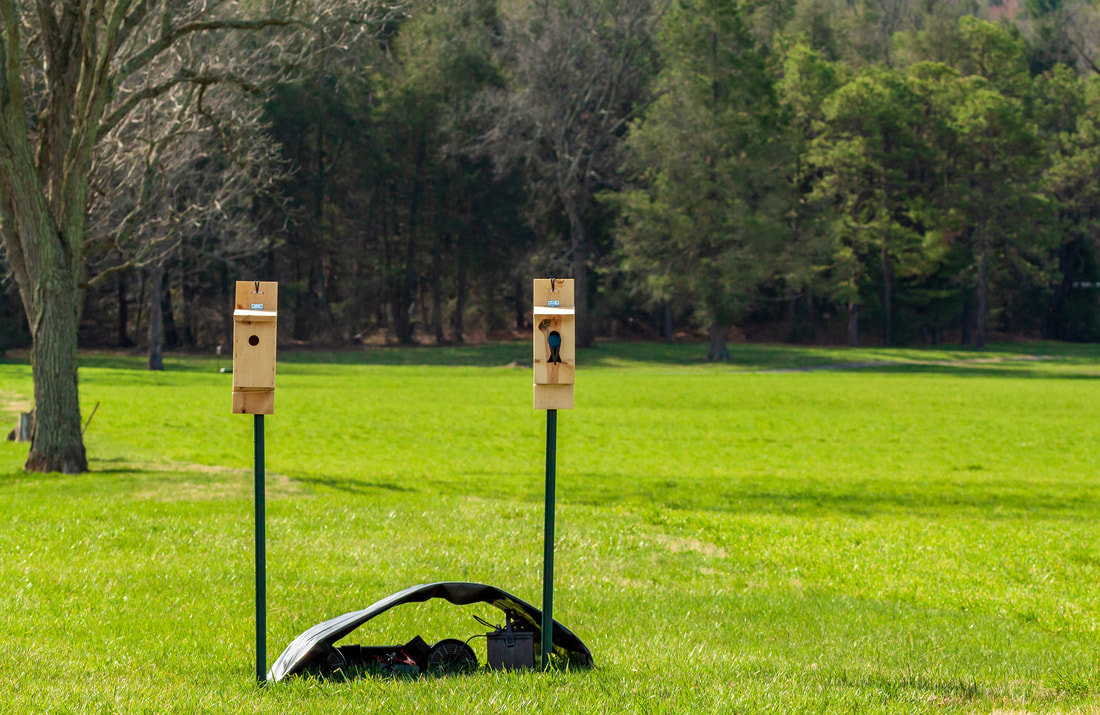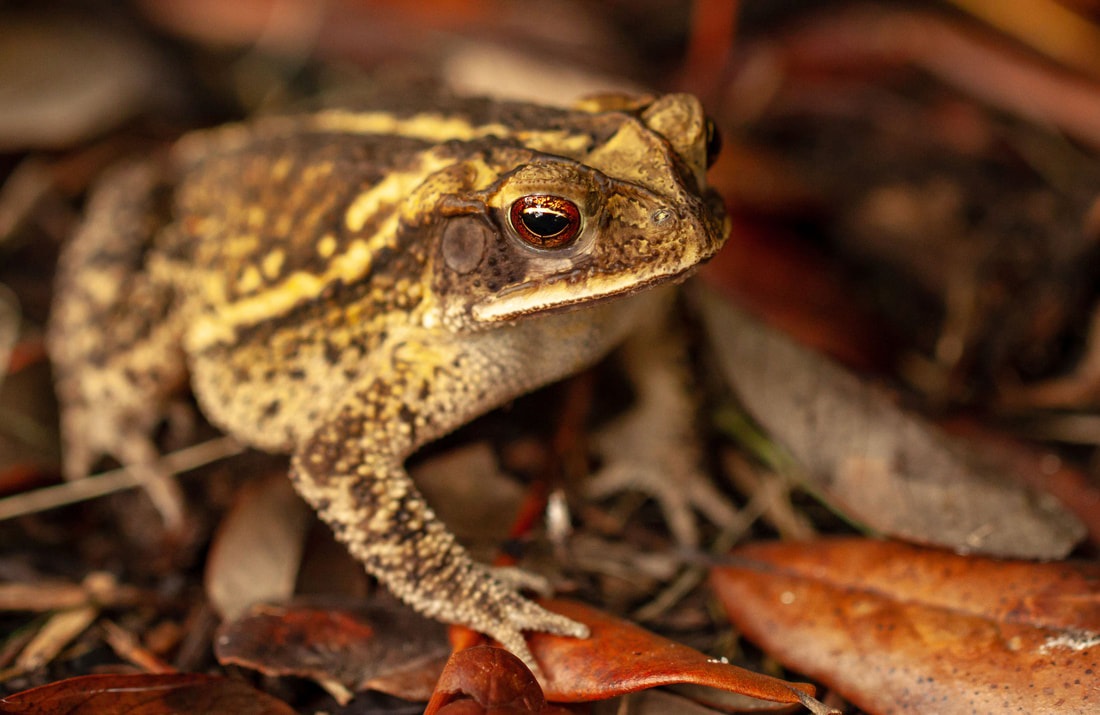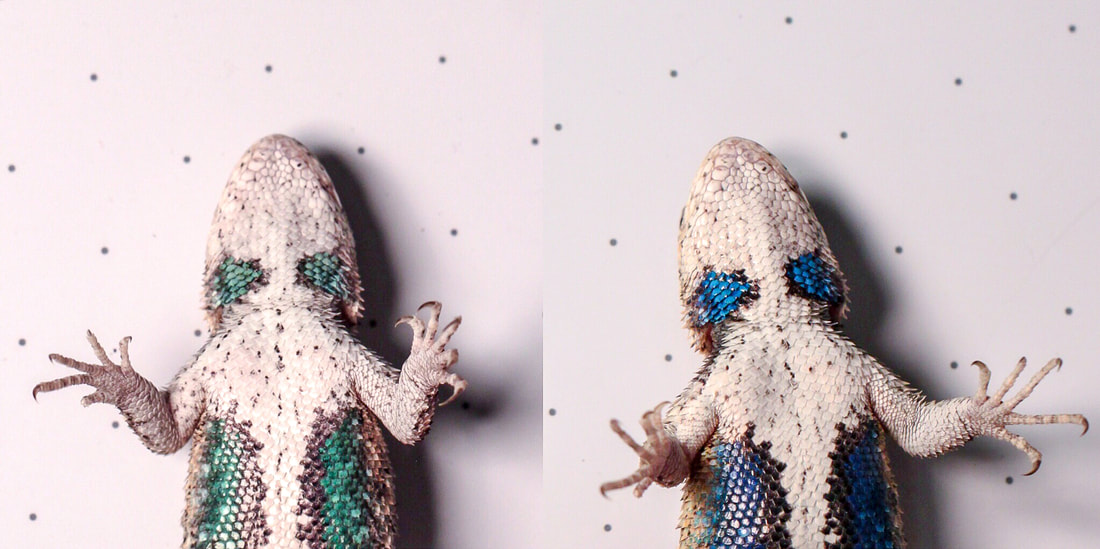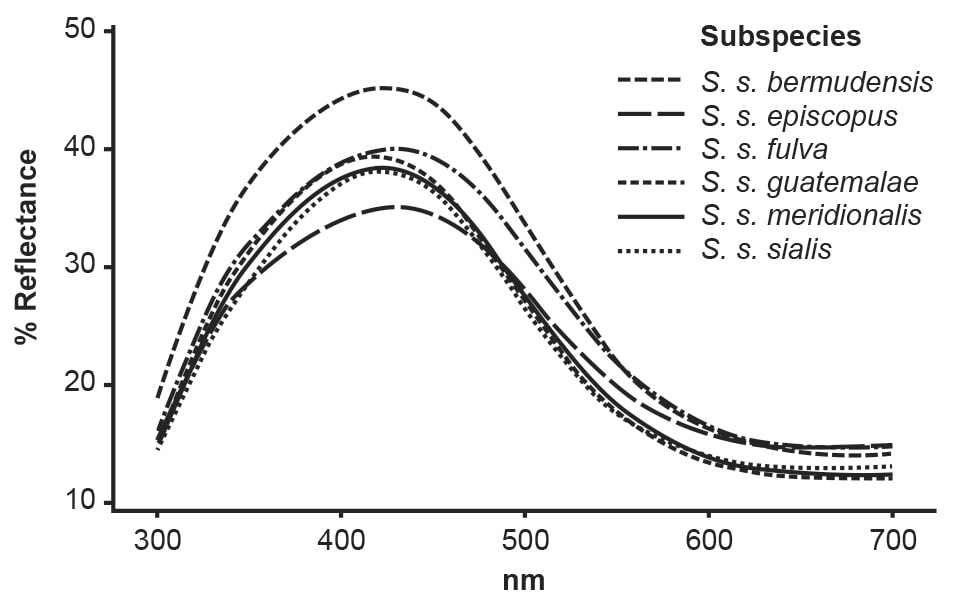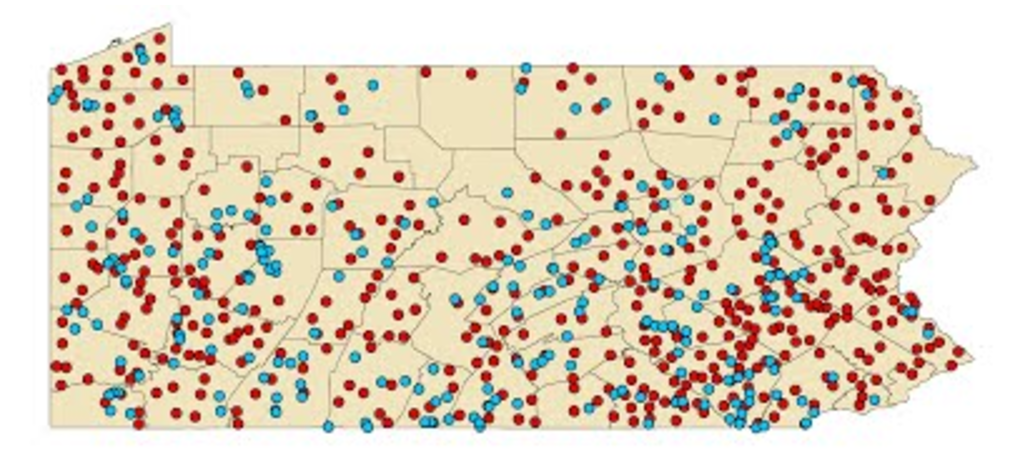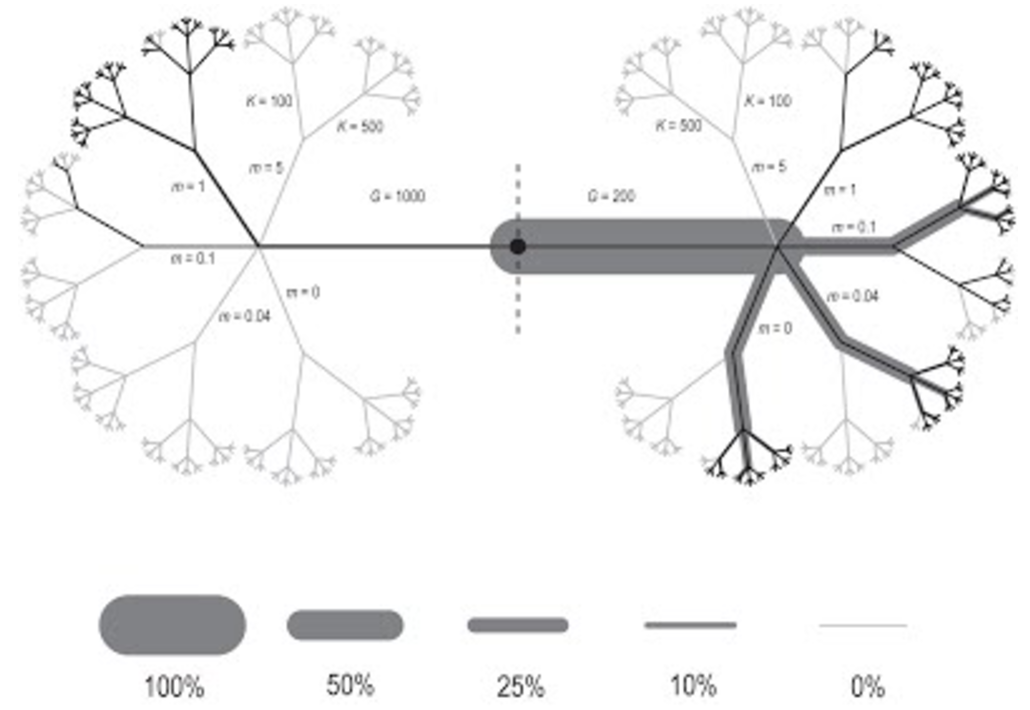Research
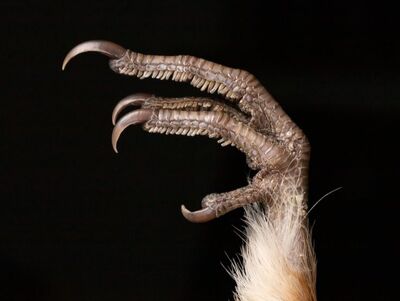
GROUSE CONSERVATION GENOMICS
Along with the Toews Lab we are working to characterize contemporary and historical grouse to help set management goals and understand the potential population impacts of West Nile Virus.
Along with the Toews Lab we are working to characterize contemporary and historical grouse to help set management goals and understand the potential population impacts of West Nile Virus.
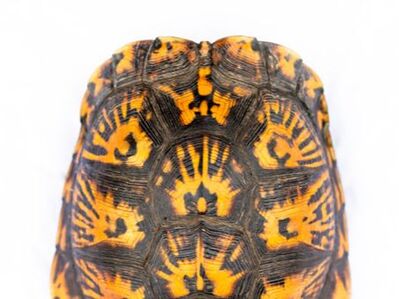
TURTLE CONSERVATION
Students in my lab are working on turtle conservation projects from several different angles including sustainability in the wildlife trade, eDNA detection methods, and stream restoration practices.
Students in my lab are working on turtle conservation projects from several different angles including sustainability in the wildlife trade, eDNA detection methods, and stream restoration practices.
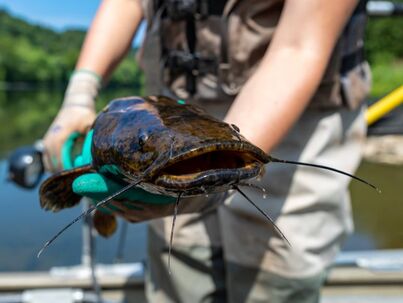
AQUATIC INVASIVE SPECIES
The flathead catfish is expanding its range in Pennsylvania and data is needed to understand impacts to native fisheries and educate the general public. We are studying how flathead life- history traits influence predator-prey relationships and also how public perception could influence catfish management in PA waterways.
The flathead catfish is expanding its range in Pennsylvania and data is needed to understand impacts to native fisheries and educate the general public. We are studying how flathead life- history traits influence predator-prey relationships and also how public perception could influence catfish management in PA waterways.
|
ANIMAL COLORATION
I am working in several systems to quantify animal color, and to understand how variation in color affects fitness and individual behavior. I am working with David Miller on snakes in the mountains of California, Tracy Langkilde on female ornaments in fence lizards, and my personal favorite, the eastern bluebird. |
|
ISLAND BIRD PLUMAGE
Bird plumage on islands is poorly understood but has provided important insights into the evolutionary mechanisms underlying phenotypic diversity. There is a general expectation that birds become less ornamented on islands. It is not known how color initially responds after a population is founded. My work shows that island birds can indeed become more ornamented than the source population, raising interesting questions about the susceptibility of color traits to population bottlenecks and limited gene flow. |
|
SPECIES INTRODUCTIONS
The release of captive-reared animals (during reintroduction efforts and recreational activities such as hunting) influences the distribution and population dynamics of many species. It can be difficult to determine the provenance of individuals detected through surveys and monitoring. I am working to understand the distribution of 'native' quail in PA by quantifying the effects of releases upon detections. |
|
HUMAN FACILITATION
How do we treat and classify species as they begin to adapt to the regions into which they are introduced? By what values or guidelines do we treat native species that expand their ranges or evolve traits with indirect human assistance? Bermuda bluebirds were previously thought to be endemic based upon conspicuous differences in plumage. My work on Bermuda has shown the eastern bluebird to be a very recent addition to the islands (< 400 years), likely transported directly or aided by human-driven landscape changes. |
